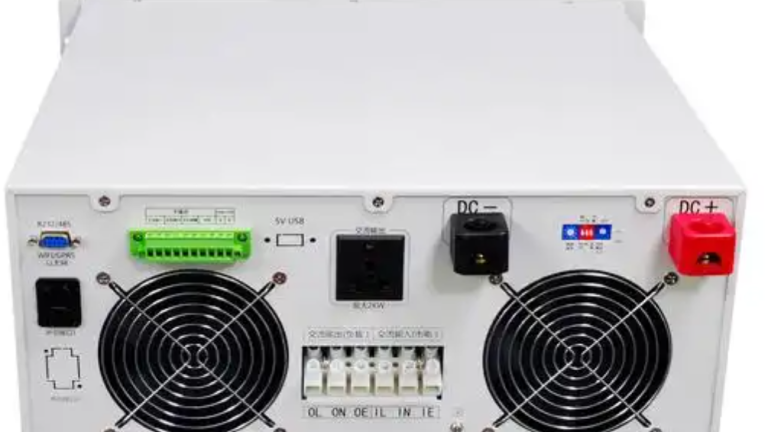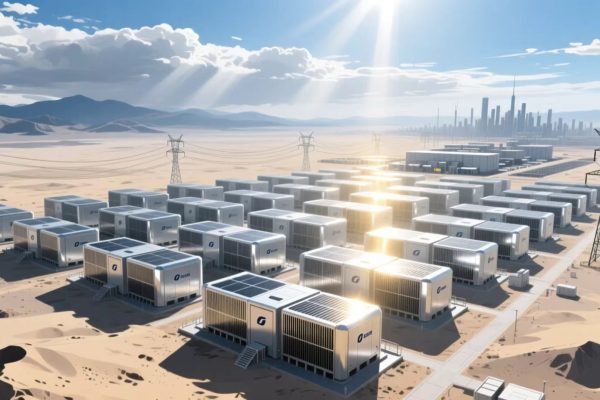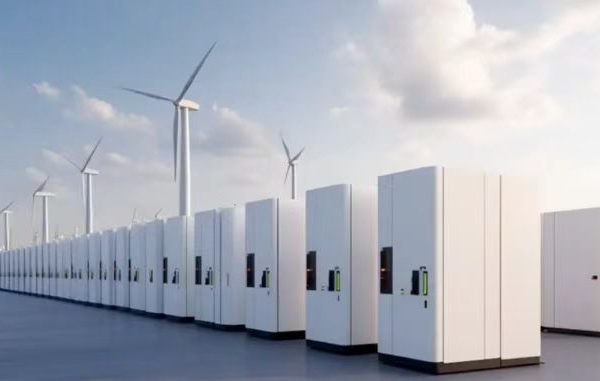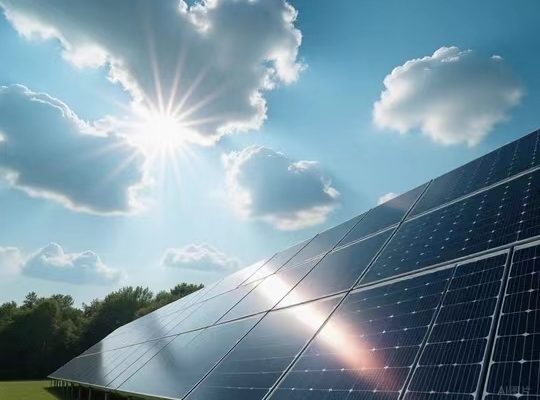1. Introduction
For commercial and industrial (C&I) applications, three-phase inverters are the backbone of modern solar power systems. They enable high-power transfer, better load balancing, and grid compliance in large installations. This guide explores their features, benefits, and how to choose the right model in 2025.
2. What Are Three-Phase Inverters?
Three-phase inverters convert DC power from solar panels into three-phase AC electricity. They are compatible with commercial grid infrastructure, supporting balanced power delivery and larger system capacity.
3. Advantages of Three-Phase Inverters
- Higher capacity: Typically 10kW to 250kW per unit
- Improved efficiency: Up to 99%
- Grid stability: Balanced phase loads reduce harmonics
- Lower transmission loss
4. Popular Brands and Models (2025 Update)
| Brand | Model | Power Range | Efficiency |
| Huawei | SUN2000-100KTL | 100kW | 98.9% |
| Sungrow | SG110CX | 110kW | 99.0% |
| SMA | Sunny Tripower CORE2 | 110kW | 98.6% |
| GoodWe | HT Series | 225kW | 98.7% |
5. Application Scenarios
- Factories, warehouses, shopping centers
- Solar carports
- Utility-scale PV stations with distributed architecture
6. Things to Consider
- Inverter-grid compatibility (voltage and frequency)
- MPPT tracking range and quantity (2–12 MPPTs)
- Remote O&M via monitoring platforms
- IP rating (IP65 or higher for outdoor use)
7. ROI and Lifespan
- Up to 20–25 years of lifespan with minimal maintenance
- Payback period: 4–7 years depending on region
8. Conclusion
Three-phase inverters are essential for scalable, efficient commercial solar installations. Their technical sophistication and long-term reliability make them a top choice for C&I users in 2025.
👉 For sourcing and system design support, visit gr-newenergy.com.









